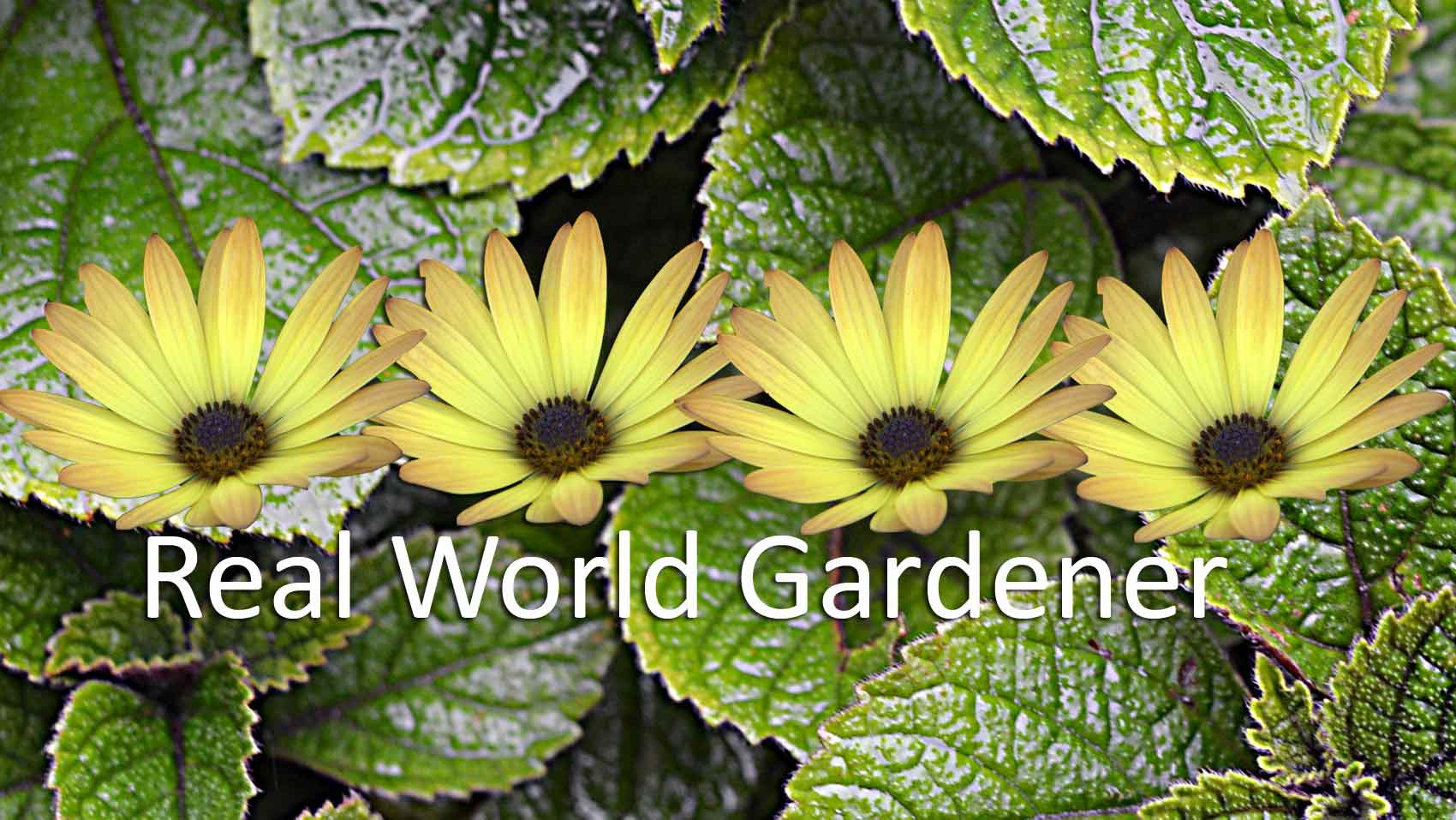
Episodes

Monday Feb 06, 2023
Vietnamese Mint in the Kitchen Garden on Real World Gardener
Monday Feb 06, 2023
Monday Feb 06, 2023
KITCHEN GARDEN
Is Vietnamese mint really a mint?
Scientific Name: Persicaria odorata
Common Name:Vietnamese mint
Family: Polygonaceae
True mints botanically speaking have wide spreading underground rhizomes with erect, square and branching stems.
The leaves are opposite each other on those square stems, with clusters of small tubular flowers.
Ture mints are also in the Lamiaceae family.
So what do we make of Vietnamese mint?
Perhaps you saw it in the herb section of the garden centre and mistook it to be just like any other mint.
Not exactly a real mint and it's also in the same family as rhubarb and buckwheat; the Polygonaceae family.
Traditionally, Vietnamese mint is used a lot in Asian cuisine. If you've ever had a laksa, you've probably eaten some Vietnamese mint.
What does it look like?
It looks similar but different to traditional mint, plus it's a creeping herbaceous perennial.
The leaves are very narrow and angular looking often with a chestnut-coloured rounded marking across the dark green leaf.
The flowers are quite different to min. Flowers are flat spikes of pale lavender if you're in a warm enough climate for it to flower.
Where and How to grow it.
- It can grow very well outside in summer in non-tropical parts of Australia.
- Vietnamese mint prefers part-sun and well-drained soil.
- For those areas with cool to cold winter, bring your Vietnamese mint indoors or under shelter as you would an indoor plant.
- It grows very well in pots but is frost tender.
Let’s find out how to use it in cooking by listening to the podcast.
I'm speaking with Corinne Mossati founder of the gourmantic garden website and blog.
Also sometimes called Vietnamese coriander and as Corinne mentioned you can make a dipping sauce or even try making pesto with it.
If you have any questions why not email realworldgardener@gmail.com or write in to 2RRR P.O. Box 644 Gladesville NSW 1675.

Sunday Oct 30, 2022
Grow, Harvest, Eat Yacon on Real World Gardener
Sunday Oct 30, 2022
Sunday Oct 30, 2022
THE GOOD EARTH
How to Grow and Use Yacon: Peruvian Ground Apple
Scientific Name: Smallanthus sonchifolius
Common Name: Yacon, Peruvian ground apple
Family: Asteraceae-same as daisies and sunflowers.
Plant Height & Width: 1.5m x 0.5m
If you look at the flowers they are like much smaller versions of sunflowers.
Here’s a tuber that tastes similar to a nashi pear, looks something like sweet potato on the outside, and the sugars from it aren’t absorbed by the body.
Not only that, the tubers contain a lot of juice, and the sugars that make it sweet is not absorbed by the body so you can't put on the kilos! How good is that?
Then there’s the fact that it’s easy to grow, and has small flowers that resemble sunflowers and you just can’t buy it from the supermarket or fruit and veg store.
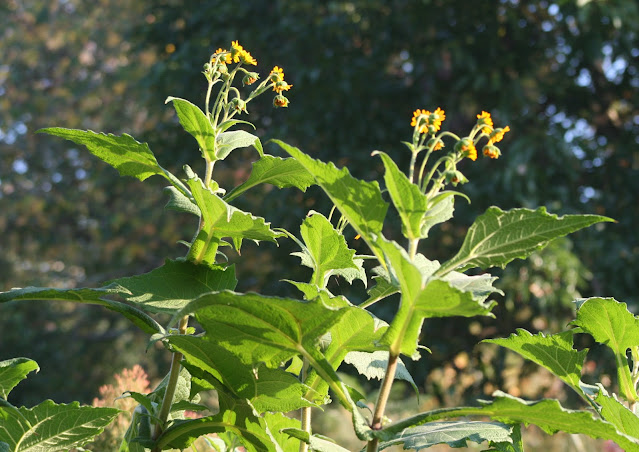 |
| Yacon plant growing in Margaret's garden |
How to Grow Yacon from Tubers?
Yacon has two types of tubers unlike ginger or turmeric.
- The tubers that you plant are attached to the main stem and are much smaller and pinkish in colour. I planted mine in early September and October was the time that it sprouted in my Sydney garden.
- If you were to receive some brown tubers that look like a brown sweet potato, that's what you eat and not what you plant.
- The edible tubers spread from the clump sideways meaning you need at least 1/2 metre of space to produce sizeable clumps.
- Can be planted in any district as they can withstand frost.
When to Harvest?
Yacon is a herbaceous perennial meaning it has a dormant period that starts when the leaves die down in late autumn.
This is the time when the tubers are ready to harvest. Simply fork up the entire crop, and harvest the large brown tubers to eat fresh, and use the small reddish rhizomes at the top to replant for next year’s crop.
What Can You Do With Yacon?
Eat it of course but how, is the thing so here are some of Margaret's tips.
- Yacon is sweet and crunchy and is great eaten fresh.
- Ever heard of Yacon chips? That's right you can make chips out of this tubber.
- Just cut up into chip sizes and drizzle some oil over the top and bake in the oven.
- Try using it in salads like Waldorf salad and wherever you would use fresh pears.
- Use it in stir fries.
- You can also juice it or cook down the juice to make syrup and use it as a sweetener.
Fun Tip from Margaret
- Running short of toilet paper, try large soft fluffy leaves like those of the Yacon plant.
But there's more uses, have a listen to the podcast.
I'm talking with Margaret Mossakowska of www.mosshouse.com.au
If you have any feedback email realworldgardener@gmail.com or write in to 2RRR PO Box 644 Gladesville NSW 1675

Sunday Sep 04, 2022
Choosing the Freshest Flowers on Real World Gardener
Sunday Sep 04, 2022
Sunday Sep 04, 2022
TALKING FLOWERS
Tips on Choosing the Freshest Flowers
Do you regularly buy a bunch of fresh flowers to brighten up your home?
Sometimes I cringe when I see a bunch of flowers outside some supermarkets because I know what signs to look for that tell me whether or not they’re really fresh.
But could you tell how fresh a bunch of flowers are when you see them for sale?
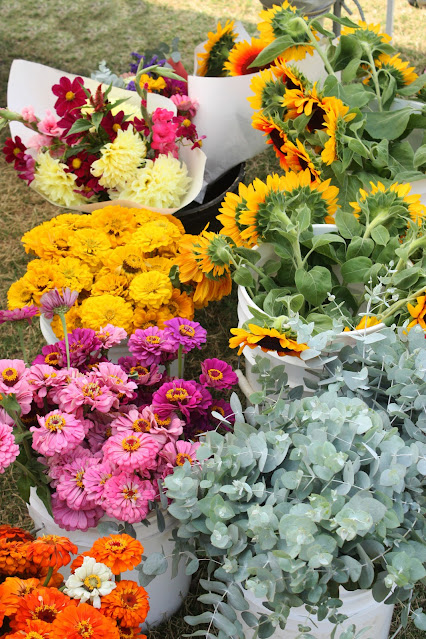
Some of the top tips are
- Keep your flowers away from the fresh bowl of fruit.
- Feel the stems to see if they’re fresh and not slimy.
- Avoid buying flowers from the roadside.
Don’t worry, Nadine Brown will tell us how lots more .
I'm talking with Nadine Brown floral educator of www.theivyinstitute.com.au
If you like buying fresh flowers you should listen to the podcast.
If you have any questions you can email us Realworldgardener@gmail.com or write in to 2rrr, PO Box 644 Gladesville NSW 1675.

Monday Jun 20, 2022
Pruning Australian Native Plants on Real World Gardener
Monday Jun 20, 2022
Monday Jun 20, 2022
PLANT DOCTOR
Pruning Native Plants
For some reason, many gardeners have been reluctant to prune their native plants, thinking that if they did, those plants might never recover or worse, just drop dead.
Seems counter intuitive doesn’t it?
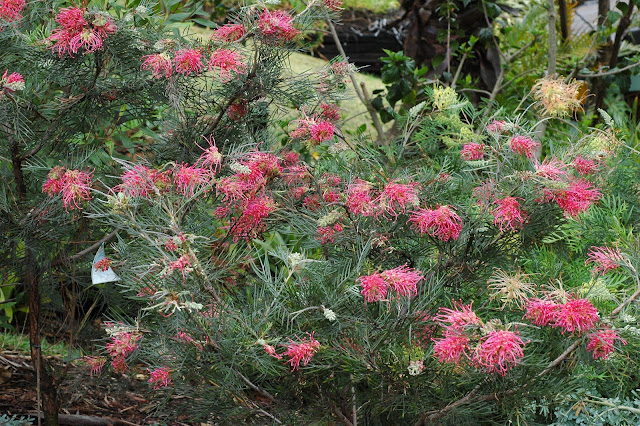 |
| Grevillea 'Lollipops' photo M Cannon |
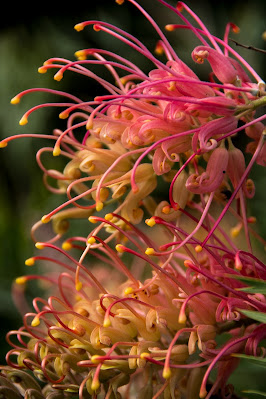 |
| Grevillea 'Superb' photo M Cannon |
So how should we prune our native plants?
Steve and I are not saying that you need to clip everything into a ball to make it look like a formal garden.General rule: Prune after flowering
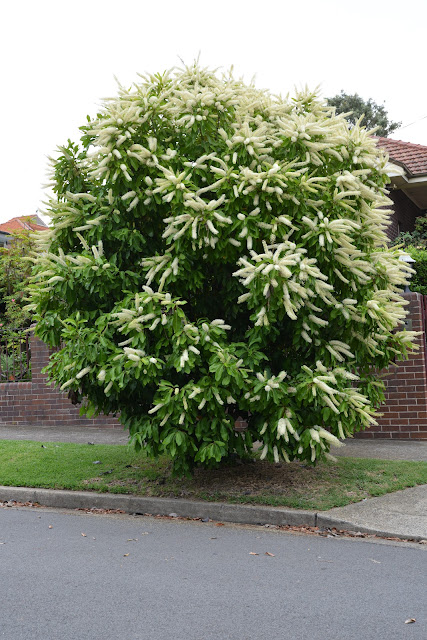
It might seem risky, but if you only prune lightly, then you’ll be rewarded with a much better looking plant.
I'm talking with Steve McGrane, Horticulturist and agriculturist.
If you have any questions you can email us Realworldgardener@gmail.com or write in to 2rrr, PO Box 644 Gladesville NSW 1675.

Monday Jun 20, 2022
How to Get Longer Lasting Flowers on Real World Gardener
Monday Jun 20, 2022
Monday Jun 20, 2022
TALKING FLOWERS
Tips For Longer Lasting Flowers in the Vase
Flowers are so uplifting and whilst they’re lovely in the garden, in the home, you’ve got them to enjoy for longer.
After all, you’re not watching your flowers that are in the garden for very long.
-
There are plenty of 'old wives tales', and just plain outright myths about what to do to your flowers to make them last past 3 days in the vase.
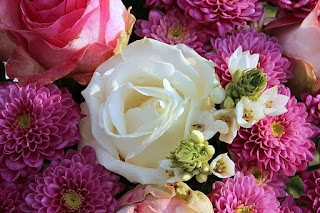
- Ever heard of putting a copper penny in the vase water? Well it's sounds like it could work but in reality, it doesn't do anything for the flowers.
- What about dissolving an aspirin in the water? That's sheer nonsense.
- So how can you make the most of your cut flowers?
- Some of those tips you may have heard before on my Real World Gardener program and one of them is that flowers are ethylene sensitive.
- That means flower sellers on the roadside are not just selling your flowers, but a whole bunch of ethylene laden flowers that have been covered by exhaust fumes.
- That also means that your fruit bowl of bananas, apples and pears are also emitting ethylene which hasten the demise of your precious flowers if they're nearby.
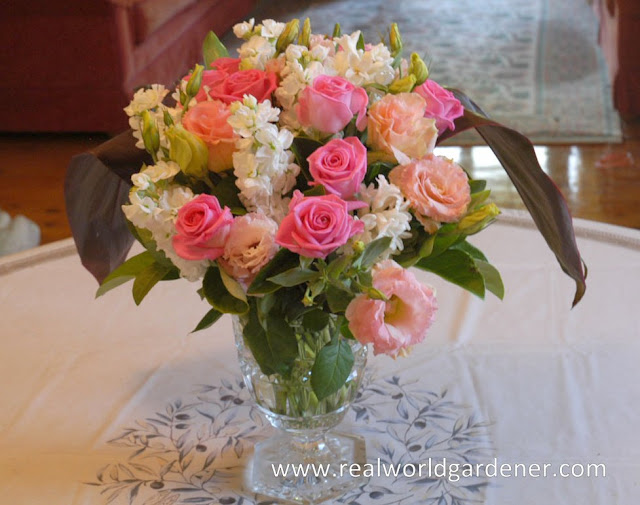
- The best place to buy your flowers is from the grower or from a florist.
- The next best tip is clean fresh water every couple of days is the next best thing for your flowers.
- If you recut the stems on an angle as you do that, then you're increasing the vase life of your flowers. Doing this under water prevents air bubbles from blocking any uptake or food or water too.
- Filtered water isn't totally necessary.
- Coming second those first tips is a spoonful of vodka!!
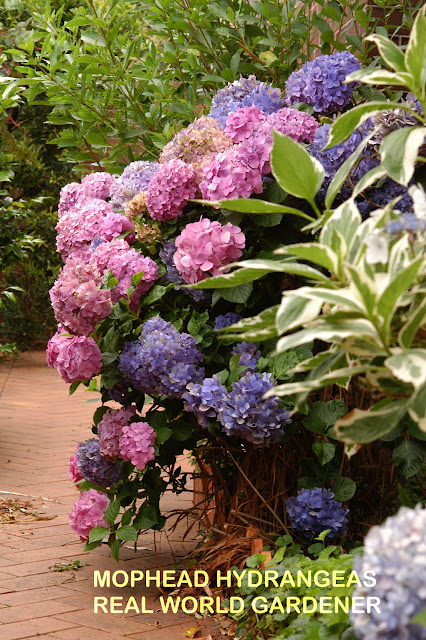
Is scalding the stems a myth or fact?
Perhaps you thought that was a bit of fuss over nothing?
The truth is this works for woody stems such as hydrangeas and roses, plus a few others like lavender and poppies. Not all flowers though.
Using boiling water or scalding, expels air bubbles or trapped air from the stems, which as before, blocks uptake of water and nutrients.
For more tips listen to the podcast and watch the tutorial that Nadine has generously provided on 'Care and Condition for your flowers.
//vimeo.com/485281174/2ac20b9565
So let’s listen to the podcast.

Friday May 20, 2022
Mixed Shrub Borders are in again on Real World Gardener
Friday May 20, 2022
Friday May 20, 2022
DESIGN ELEMENTS
This is a series about foliage colour and contrast and textural contrast for year round interest. The focus is also on non-general lines instead of production grown planting. In other words, plants that may not necessarily be easy to find but so worth the effort. We kick off the series with mixed shrub borders.
- MIXED SHRUB BORDER
Are they a thing of the past or a living process that still has relevance for the modern smaller garden?
 |
| Hibiscus capitolia 'Apricot Sport' |
This kind of design style has been used for hundreds of years because it has great garden appeal. There is no reason for it be considered irrelevant or 'old hat,' simply because it is so adaptable. It can be either formal or informal, full of colour and contrast or not, annuals, perennials and shrubs.
Today though, it's all about the shrubs and is a start of the design series that covers everything from mixed shrub borders, sub-shrubs, climbers, hero trees to best garden bromeliads.
I have to say, Peter Nixon and Real World Gardener's contributor for this series, focuses largely on what he calls cool sub-tropical garden or ‘cool sub-trops’ which he refers to often.
Don’t be put off if you live in a different climate because often plants adapt to a variety of climatic conditions and are worth a try.
Peter mentions the following shrubs as his 'best.'
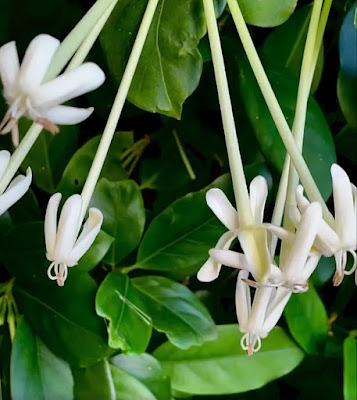 |
| Posoqueria longiflora |
- Tibouchina multifida-not more than 1.5m in height.
- Hibiscus capitolio 'apricot sport'-double flowering hibiscus, slightly pendulous. 2.5m in height.
- Posoqueria longiflora-commonly called Japanese Needle flower. Has perfumed flowers with a long white tube, height to 3m in semi-shade.
- Brunsfelsia macrantha,
- Acokanthera oblongifolia - Bushmans Poison,
- Gardenia grandiflora ’Star’,
- Rosa sanguineus,
- R. chinensis ’Ten Thousand Lights'
Let’s find out more, I'm talking with Peter Nixon of Paradisus garden design. www.paradisusgl.peternixon.com.au,
